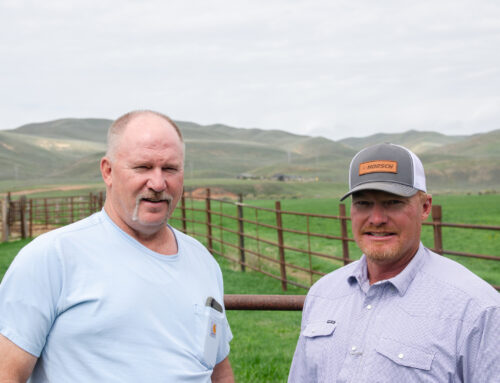Are we investing enough in upstream oil and gas to guarantee energy security?
June 4, 2025
With the global energy mix undergoing changes prompted by rising calls for a low-carbon future, investors have a delicate balancing act to perform – of strategically splitting their capital investment between traditional and renewable energy.
The ongoing transition has not only evoked calls for trillions in investment required for the move to clean energy but also courted dire warnings from the oil and gas industry about underinvesting in traditional energy.
The ongoing tug of war for investors’ attention has seen the International Renewable Energy Agency (IRENA) suggest that $5 trillion a year may be needed till the end of the decade for the green transition.
Meanwhile, the International Energy Forum (IEF) predicts $4.3 trillion in cumulative oil and gas investments would be about par over a similar time frame to secure stable energy supplies. Even the International Energy Agency (IEA), which has spent the last few years predicting lower oil demand growth, says that hydrocarbons would be needed for several decades to come.
Crude numbers
Despite the rising prominence of renewables, fossil fuels still account for over 80% of the world’s primary energy consumption where coal, oil and natural gas continue to play a huge part.
Oil alone accounts for 30% of the current global energy mix. In 1965, the percentage was just over 40% of a much smaller global economy, according to IEA data. So, while the influence of oil has waned over 60 years, the pace of the decline has been nothing like some in the green corner are forecasting about its future over the coming decades.
Only half of oil demand comes from ground transportation which is still decades away from a complete transition to electric vehicles or other alternatives that may prevail. The rest of oil demand comes from petrochemicals, jet fuel, and heating for industrial and residential consumers. None of these segments have experienced a level of transformation or availability of viable options of the same commercial magnitude.
Investment complacency
Predictions of an imminent collapse in demand are therefore way too pessimistic. It’s why calls for upping investing in oil and gas, even if renewable energy investments may continue at the current pace, have deep resonance.
Unsurprisingly, the Organization of Petroleum Exporting Countries (OPEC) led by His Excellency Haitham Al Ghais, OPEC Secretary General, has been warning about complacency in oil and gas investments since he took office in 2022.
That same year, JPMorgan CEO Jamie Dimon – flustered by constant calls to ditch oil and gas finance – told a US Congressional hearing that his bank won’t do so in the face of political pressure because “it would be the road to hell”.
Three years later, much of Wall Street is coming around to Dimon’s viewpoint that under-financing hydrocarbons may stir up wider problems. To cite the UAE’s longstanding and widely respected Energy Minister His Excellency Suhail Al Mazrouei, such investments (or lack of) will have a direct bearing on consumer prices.
But how chronic is this underinvestment and why? The answer lies in the vagaries of a cyclical business and not necessarily green economics.
Bankability vs cyclicality
Unless global oil demand falls below 100 million bpd, the IEF puts the figure in the region of $740 billion a year. More than half of that could be allocated toward offsetting the decline in existing oil and gas fields, to provide foundational energy security for any orderly transition whatever that might look like.
But this is easier said than done. It has precious little to do with bankability and much to do with cyclicality. Last year, upstream oil and gas investments fell well short of the $600 billion mark. Since then, oil prices have fallen by over 12%.
The climate remains tough with OPEC+ unwinding its production cuts to tough it out for market share with non-OPEC producers. With global demand growth lurking around 1 million barrels per day mark, and one that can be serviced by non-OPEC supply growth alone, a glut and lower prices beckon.
The future roadmap
In such a setting, only the biggest and fittest with long-term horizons, may continue to invest – ranging from Middle Eastern national oil companies to the US majors eyeing industry consolidation opportunities. Investment appetite within the wider industry would remain precarious in the face of weaker oil prices.
By that argument, annual investment north of $700 billion to 2030 seems optimistic. If such a shortfall is deemed as a sign of chronic underinvestment in a cyclical industry, then so be it. However, it’ll have very little to do with energy transition economics, and much to do with business economics.
Search
RECENT PRESS RELEASES
Related Post



